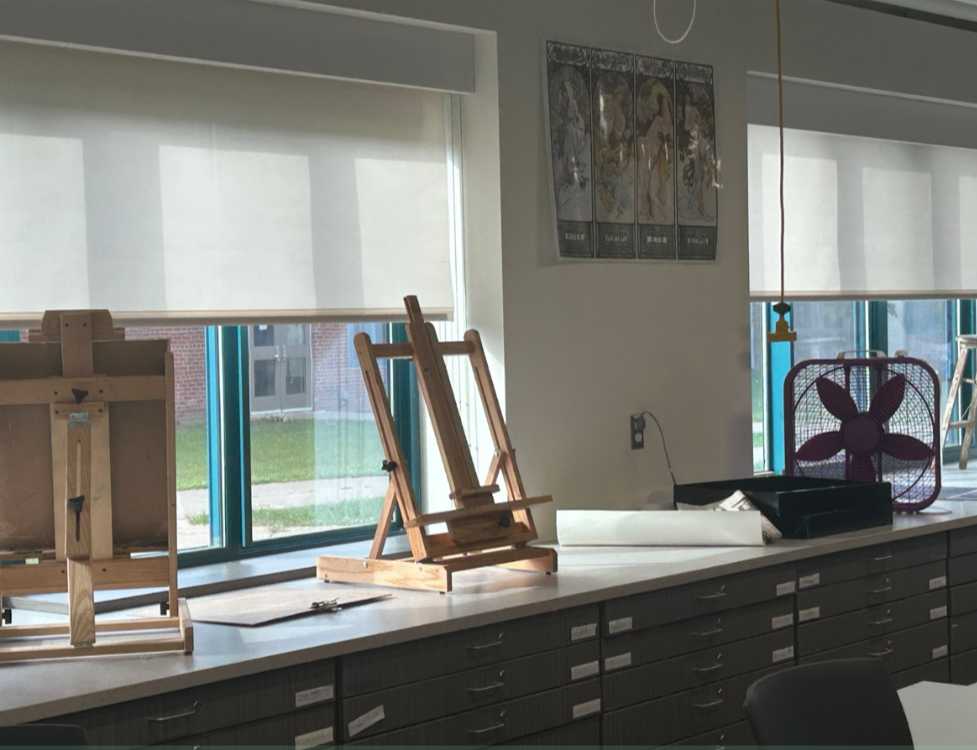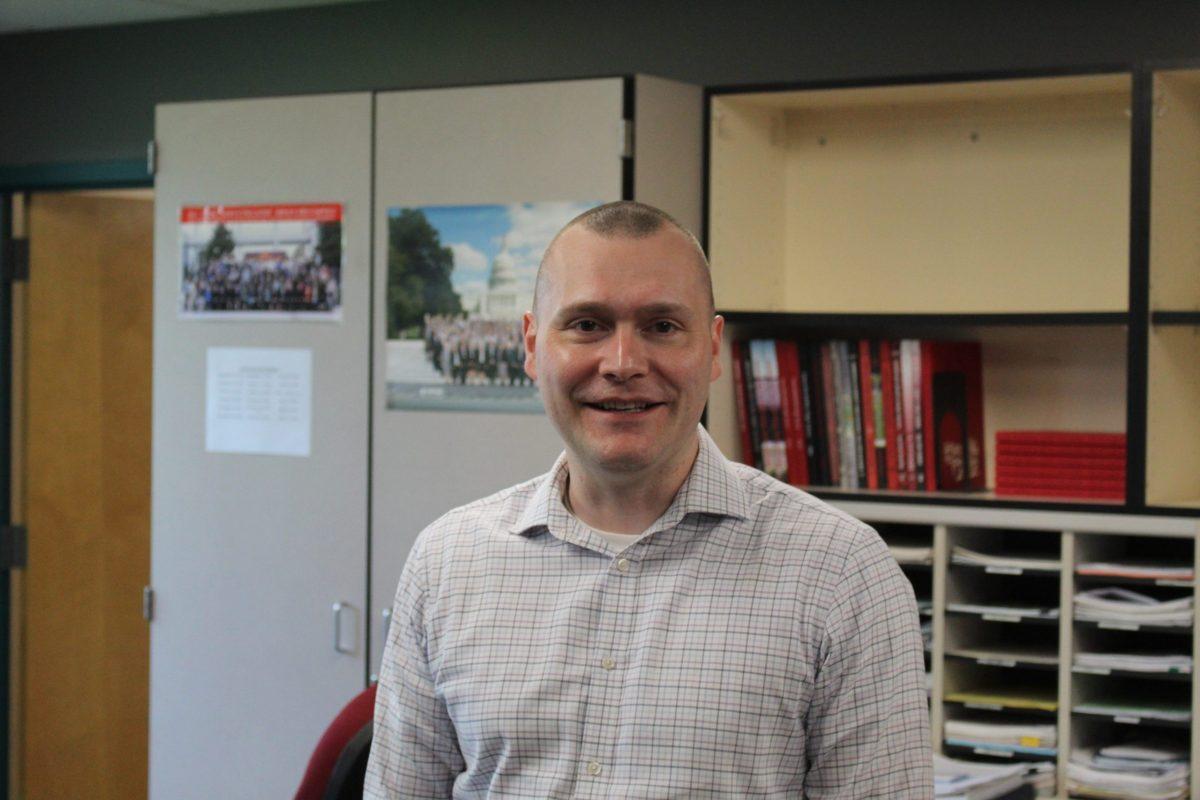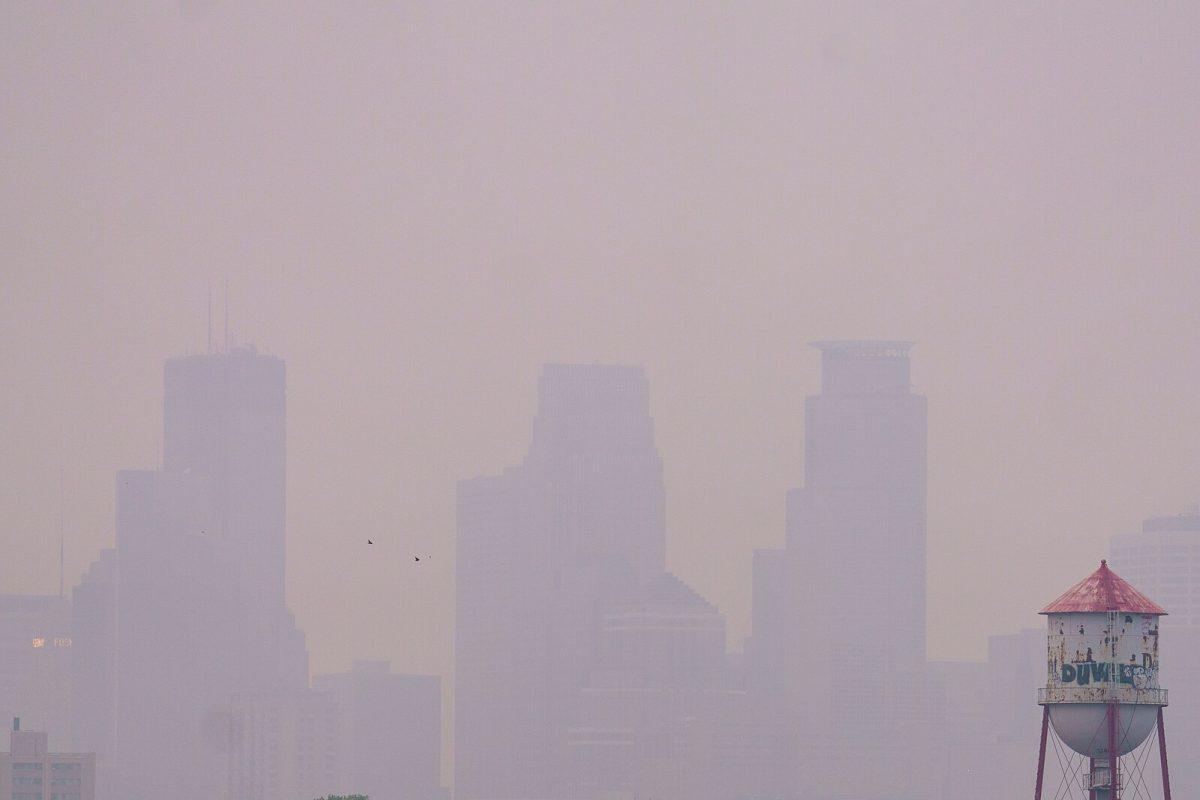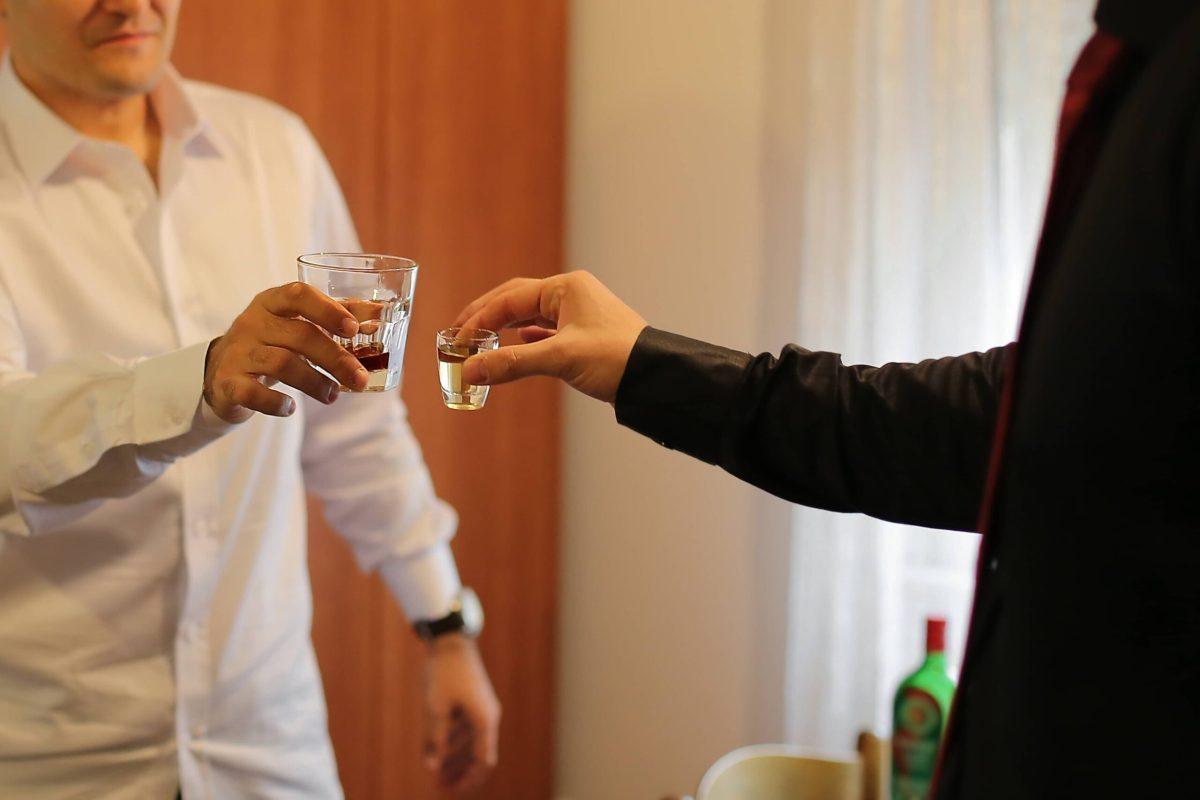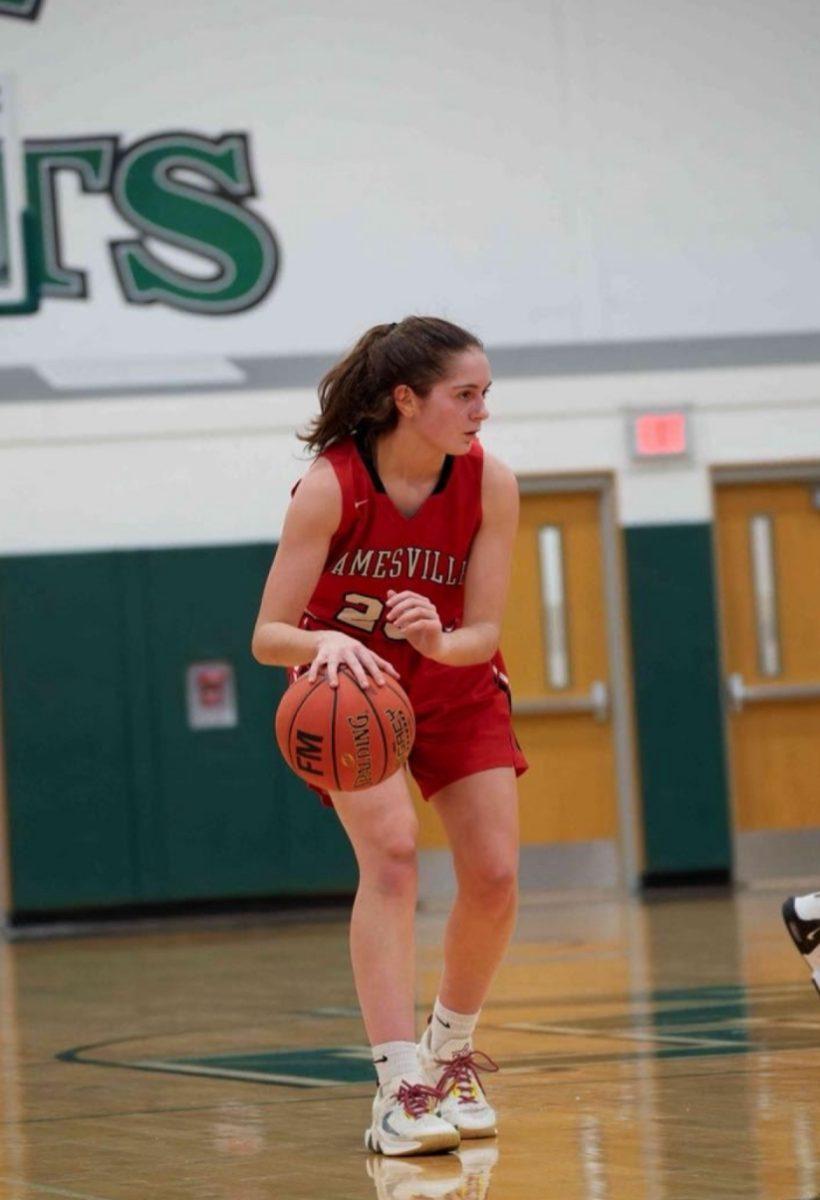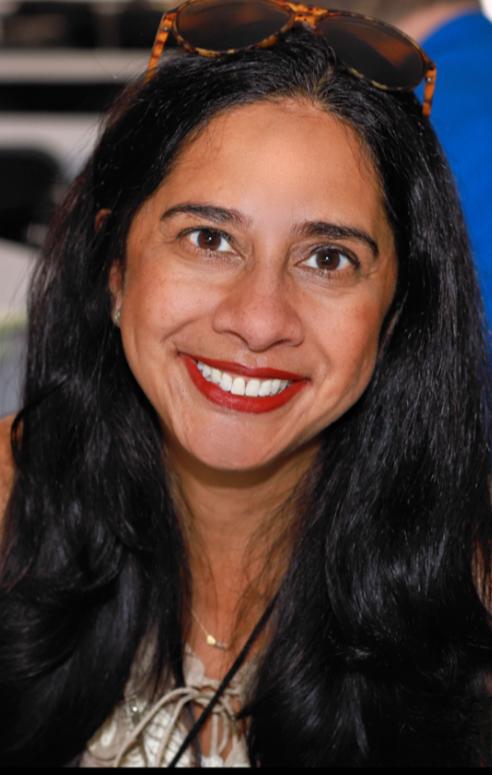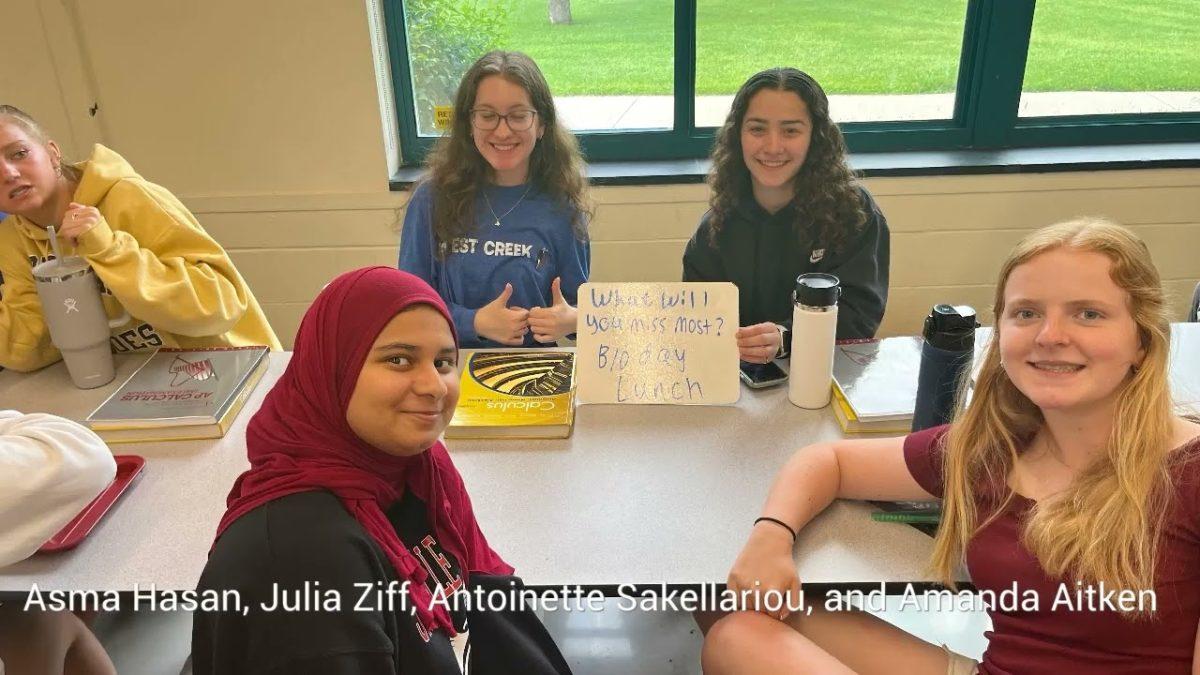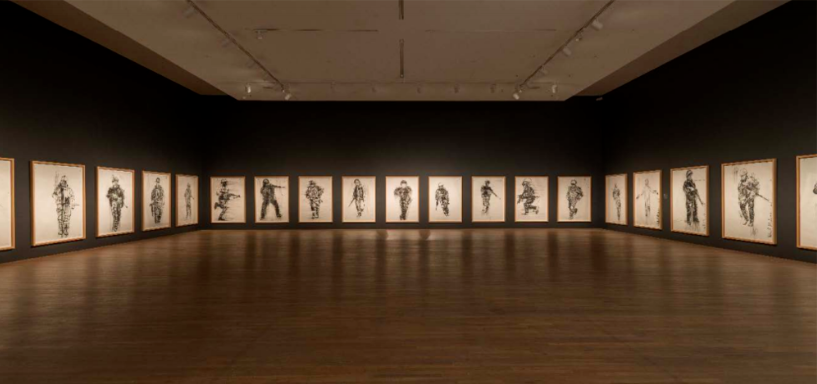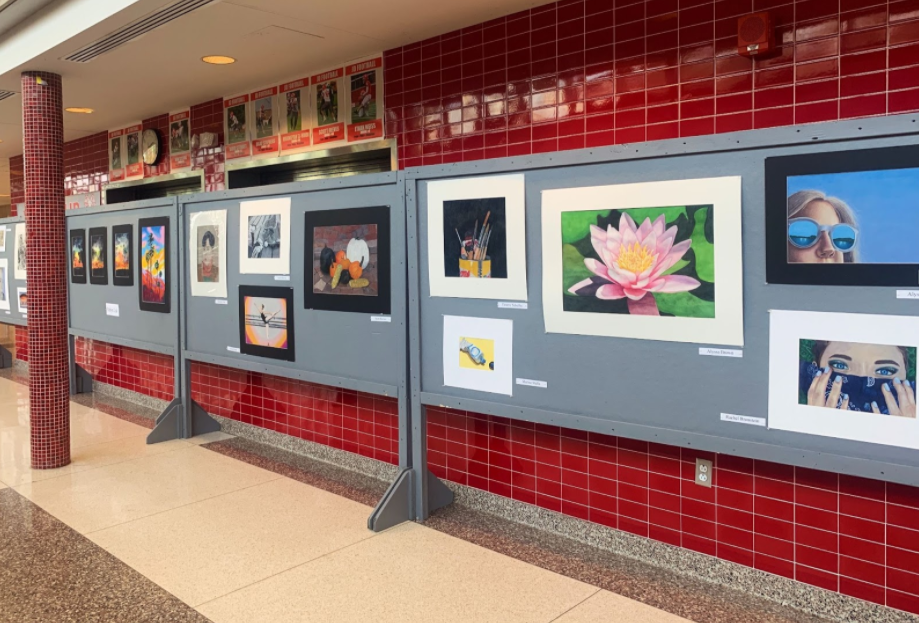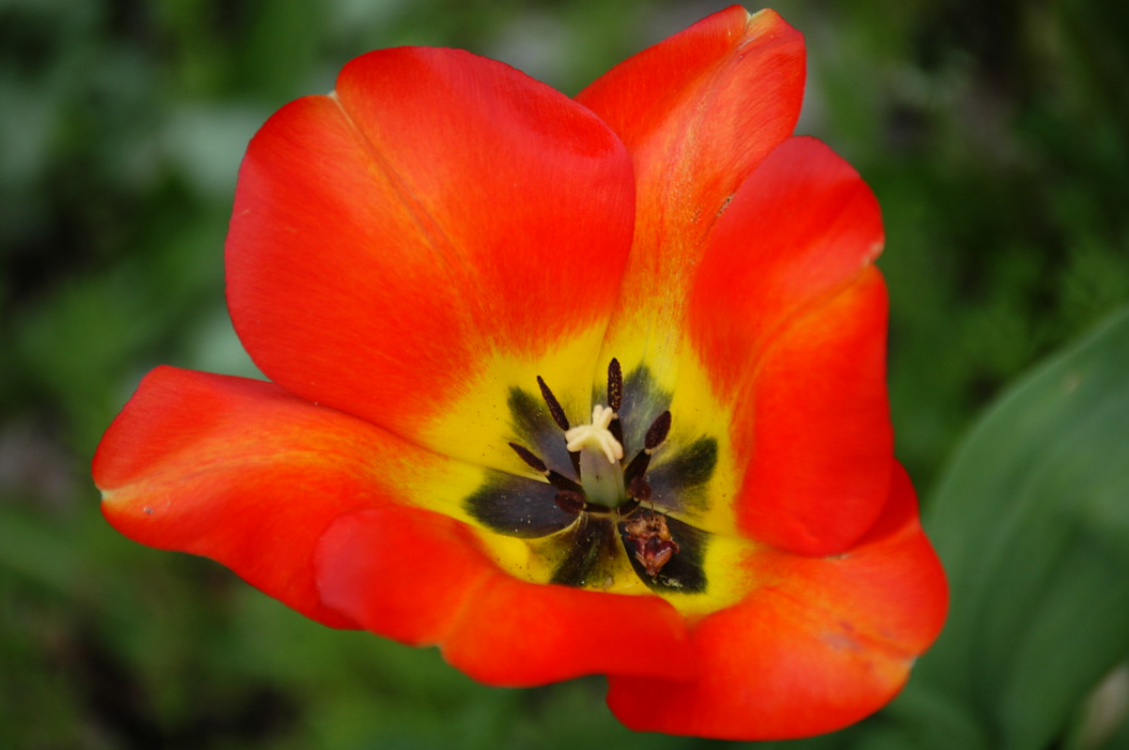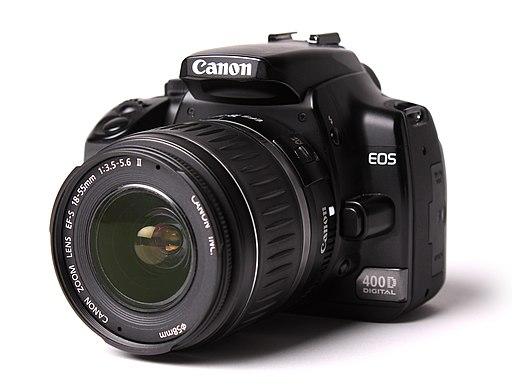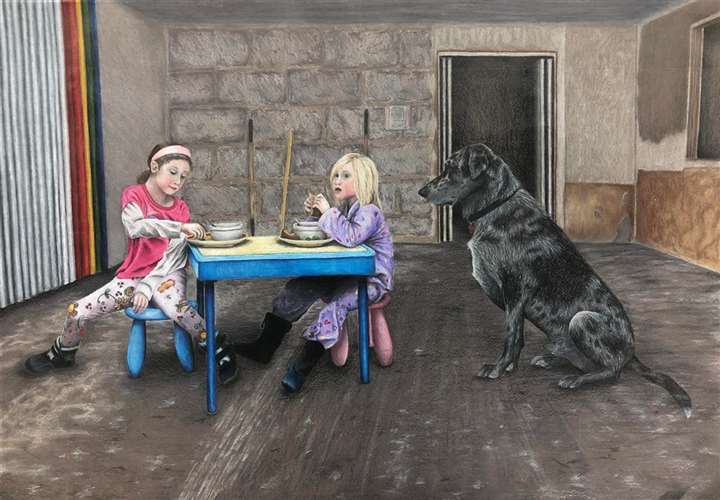Contributing Writer: Alice Yi, ’21
When standing encircled by Adel Abdessemed’s charcoal soldiers, the life size pieces seem to come to life. Through this rightly titled installation, “Conflict” puts every person walking within it into the shoes of a person surrounded by violence. A powerful and emotional piece, it has the ability to affect anyone.
“Conflict” by Algerian-born artist, Adel Abdessemed, was most recently seen at the Montreal Museum of Fine Art. It consists of 31, nearly two-meter tall drawings of soldiers with an additional piece, titled “Cri,” of a photographed girl which was taken during the Vietnam War by Nick Ut.
This installation appears simple at first glance, the loose lines of the charcoal and unidentifiable faces of the soldiers don’t catch one’s attention. But the sheer size and quantity of the pieces do enough to make someone take a second glance. When you stand in the center of them all, and see them again, they begin to stir– bodies bend and shift. The smeared and streaky lines of soldiers, and handprints of charcoal surrounding them, only adds to the movement. Each one seems to be doing a different action; some running, while others stand stagnant, but all holding guns in hand.
At that moment you feel still while everything rushes around you. You are taken from the museum to another place, possibly into another time, maybe into the shoes of the girl of “Cri” or another victim in the face of conflict. The soldiers begin to become one with the blurred lines on the paper as they move faster and the charcoal lines morph into actual people.
The fact that they are not labeled or named after real soldiers only adds emphasis to the idea that you are in the middle of chaos. Maybe as a citizen, villager, or possibly even bystander, not as a soldier within the conflict, but unassociated to the soldiers, and only trying to survive the violence. The attention to every pocket, seam, and fold in the fabric of the uniform contrasts with the simplicity of the faces on the soldiers. Which reinforces this idea of uniformity and lack of individuality within each soldier, when looking through the eyes of someone surrounded by them.
Although this collection may not be praised specifically for, or displayed to show off, extraordinary technical skills, this timeless installation of war exhibits overwhelming emotion and art’s ability to make you put yourself into someone else’s shoes. It presents the importance of seeing through the eyes of another perspective, and possibly even reevaluating or taking a second look at your own place in life, forcing you to compare your circumstances to those in situations such as the ones in “Conflict.”

